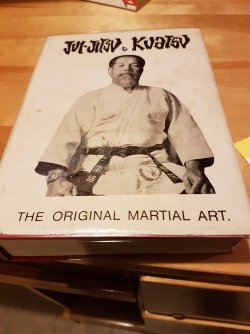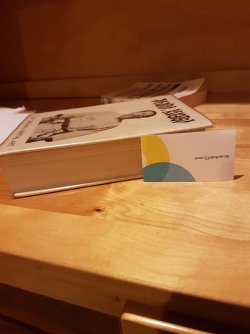frank raud
Master of Arts
I have been collecting martial arts books for a long time, just got a copy of this book in the mail, and at first glance I am impressed by the size of this beast. 915 pages long. And yes, jui-jitsu is how it is spelled out on the cover. It is on the art(s) of Professor Kam Hock Hoe. Should keep me entertained until the next book comes in the mail(next week).


